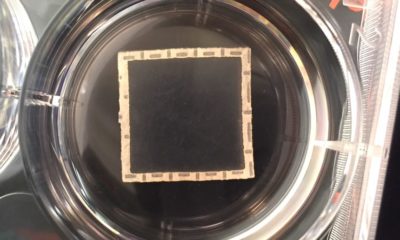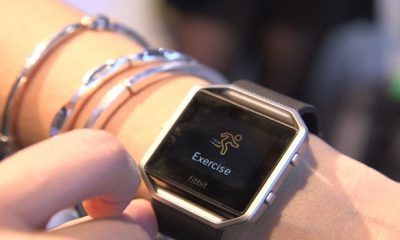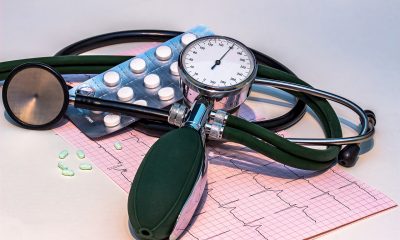
The weight loss industry keeps growing exponentially. Every day, new shakes, pills, weight-loss plans, frozen dinners, and books featuring ͞the ultimate diet͟, appear on the market.
Nothing seems to work to keep our bodies lean and healthy. At least, not in the long run.
However, a new study shines a light at the end of the tunnel for many people that not only want to look good but also improve their health and quality of life. This new study, published Nov.4 in the Obesity journal, tested a non-invasive and painless brain stimulation technique, that demonstrated to be effective to reduce overeating, and lose weight.
The study was conducted by the National Institutes of Health (NIH), and lead by researcher Marci E. Gluck, Ph.D., and other scientists of the Phoenix Epidemiology and Clinical Research Branch of the National Institute of Diabetes and Digestive and Kidney Diseases (a division of NIH).
Dr. Gluck and her team tested the effects of tDCS, which stands for ͞Transcranial Direct-Current Stimulation͟, a painless and non-invasive procedure that is applied to a particular area of the brain. This area, the ͞left dorsolateral prefrontal cortex͟ is located above your right eye. It appears to have less activity in obese people, and it’s related to planning, and to the impulse to seek reward.
The scientists studied a group of 9 overweight women and men for two eight-day periods. During each stay, the participants ate enough calories to maintain their weight during the first five days. The last three days, Dr. Gluck and her colleagues divided them into two groups and used tDCS to stimulate that precise area of the brain in five patients for 40 minutes each session. The other four patients received sham or fake tDCS. All nine subjects were unaware of what kind of tDCS they were receiving; they didn’t even know what the researchers were investigating.
At the end of the tDCS session, all participants were allowed to eat and drink as much as they wanted from vending machines.
None of the four patients who received sham tDCS reported a significant change in their weight. However, there was a noticeable reduction in the calorie intake of the patients who received active tDCS. On average, they consumed 700 fewer calories (between 18% and 23% less), half the calories from soda, and lost a lot more weight than the patients who received sham tDCS.
Even though this is a preliminary study and more extensive tests need to be made, the results have shown to be promising. Maybe this will be the long-sought solution to the obesity problem that affects 1.9 billion adults, and 42 million children all over the world.
Previous tests have shown that tDCS can increase cognitive execution, mathematical ability, attention span, memory, and coordination, and it has had positive outcomes treating depression, anxiety, chronic pain, and Parkinson’s disease.
Image credit:Dr. Marci Gluck















Facebook
Twitter
Pinterest
Google+
LinkedIn
Email